[Found MUJI] World Baskets 2
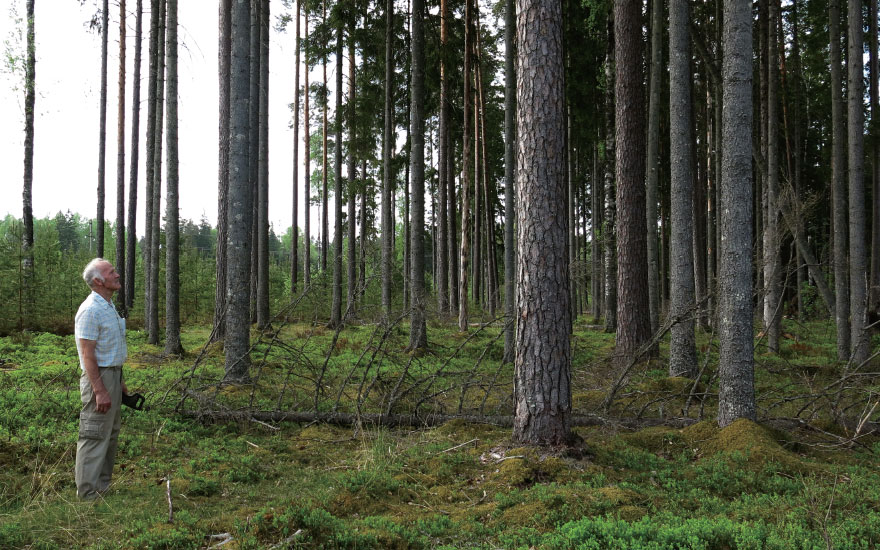
World Baskets 2
Baskets of Estonia, Lithuania and Spain
Before the emergence of resins and plastics, people used natural materials available around them to make the items necessary for everyday life. Materials are chosen and manipulated specifically for the finished piece to perform its task. Unlike massproduced items of today, ageing means beauty and character and is a reflection of fine craftsmanship.
Baskets have long been made from all kinds of materials in diverse shapes and sizes. Largely unaffected by technology, baskets have always been woven by hand from start to finish at the rhythm of a craftsperson. There used to be a time when excess was not an option; time, care and effort was always required to create something useful and durable.
Found MUJI World Baskets 2 explores baskets used in different parts of Europe, made of materials ranging from trees, shrubs to grasses. Pine from Estonia and willow from Lithuania are both materials commonly found in the cooler climates and esparto is a grass that grows abundantly in the hot dry areas of the south. These baskets are remnants of skills and traditions that have survived, and are still surviving in today’s world.
Click below link to read more about Found MUJI World Baskets 2 series
Pine
In the forests of Estonia, trees grow abundant. Pine trees need to reach a height of around 35 metres before it is suitable to be cut down. Although grown side by side with other trees such as spruces and aspens in the country’s vast forests, pine has always been the choice for basketry due to its strength and durability.
A pine tree must be processed into wood chips, which refers to the thin slices of pine used for making baskets. There are two main methods to make chips, their uses depend on the basket type.
 |
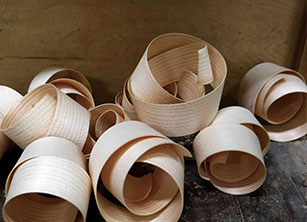 |
Willow
One of the most recognised materials in basketry is willow, which is actually a type of shrub. In Lithuania, a commonly used variety is Salix Purpurea, or “purple willow”, which has slender rods suitable for fine basketry. Being a resilient plant, it requires little maintenance and grows to 1.5 to 3 metres in height every year. Straight plants with a uniform thickness, flexibility and minimum branching in particular are ideal for weaving.
Willow is cultivated in fields and cut in early spring or late autumn, depending on the lengths of willow needed. The stumps of the cut willow can be left to grow for several more times so planting is not required every year.
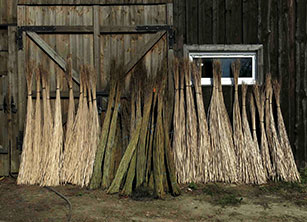 |
 |
Esparto
Esparto is a perennial grass (grass that lives more than two years) endemic to parts of southern Europe and north Africa. Despite its rugged appearance, the wiry grass has proven itself over the centuries as a useful material for the local people. Esparto has survived freely in wild rocky terrains and is an important and handy resource that can be obtained whenever it is needed.
Esparto isn’t as part of everyday life as before, however the material is still readily recognised by the people. Even though there is a shift in the industry that favours the more decorative items, it means the presence of the craft is still appreciated; and the tradition stays strong with the land.
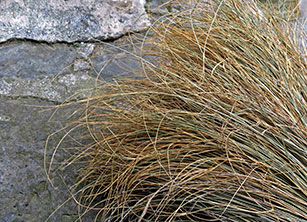 |
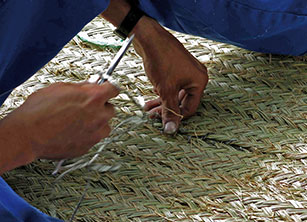 |
All item information and selling prices are subject to in-store display. Available while stock lasts.
Found MUJI items are available at MUJI Plaza Singapura only.